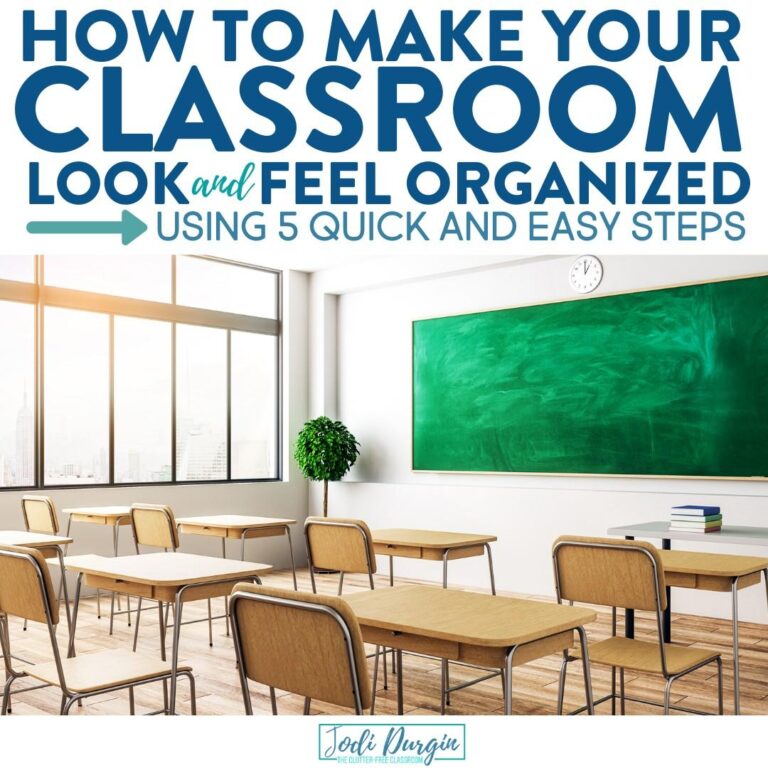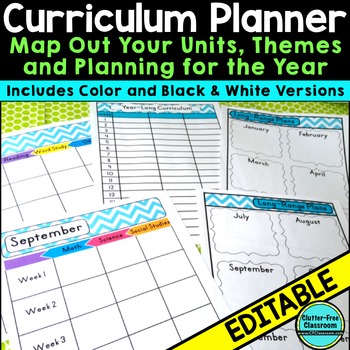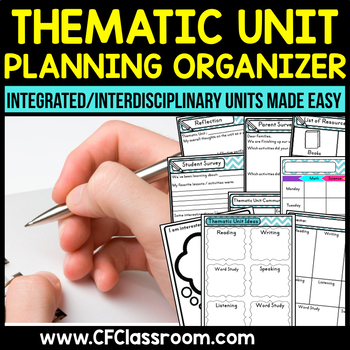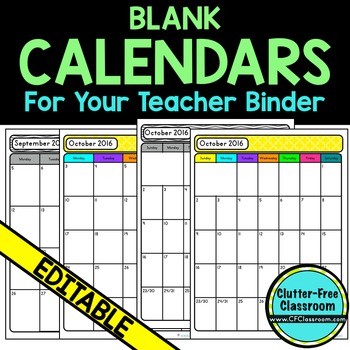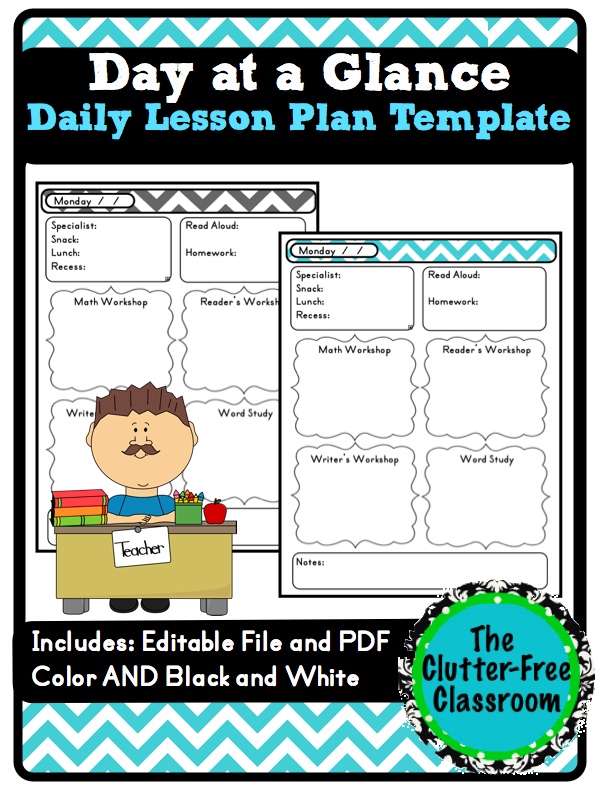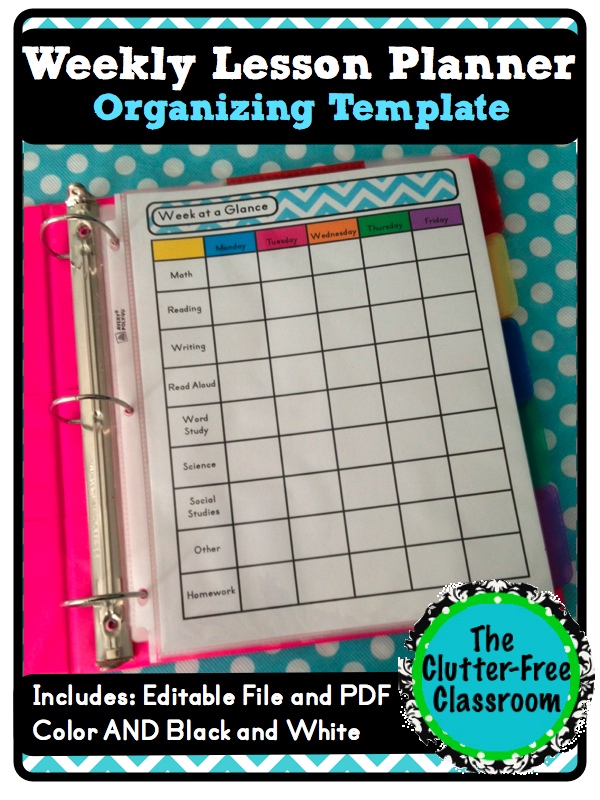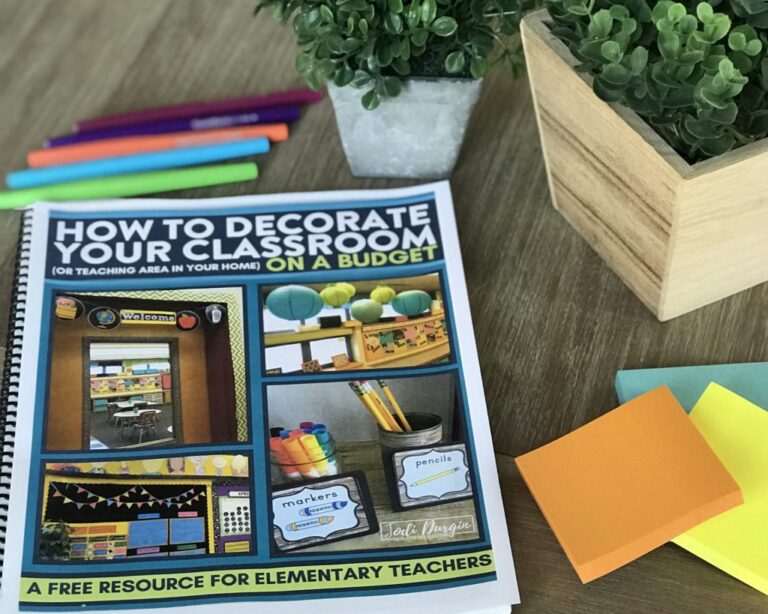Before reading through the rest of this post about teacher organization binder ideas, it is important to know that the daily summary template works only if you are not required to write one of those super-detailed lesson plans for each and every lesson of the day. You know the ones you had to write in college? The ones that listed every. single. step. in an almost script-like manner. I’m talking about those.
I do see the value of writing such comprehensive plans when student teaching or even as a beginning teacher. When you are in the learning process, it is easy to overlook important aspects of a lesson. However, when you are an experienced teacher and you are planning 5-7 lessons a day and differentiating for 3-4 levels within each lesson and then you multiply that times five days a week… Well, you get the idea.
Some districts do require them. And if that is the case, you’ll want to design a personalized template that saves you time while meeting your specific requirements. However, if you are not mandated to write extremely detailed plans for each lesson, then I have found the best way to write them is by using a Daily Summary format.
I’ve tried keeping lesson plans in one of those traditional books. I’ve tried doing them on the computer. Both had pros and cons. What I have found to be best is to customize and create my very own binder that houses lots and lots of information and tools to keep me on top of things. Learn about my teacher organization binder systems and ideas below!
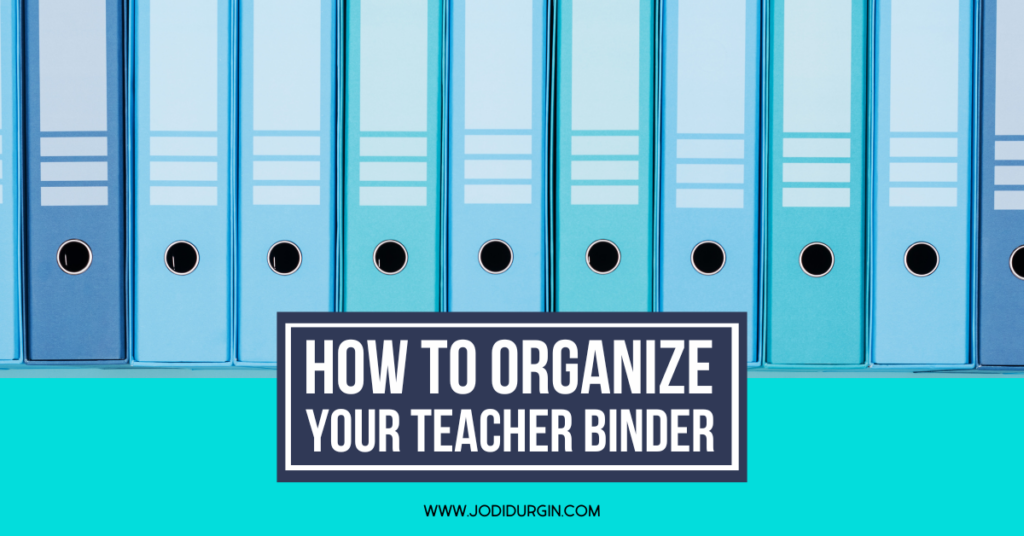
What is a Teacher Organization Binder?
A teacher organization binder is a tool that teachers keep information related to their class that they need to have on hand, including student information, lesson plans, and more.
Why is a Teacher Organization Binder Important?
Teacher organization binders are important because they help teachers stay organized and be able to find important information quickly. It keeps everything in one place so nothing ever gets misplaced.
What Teachers Need to Create a Teacher Organization Binder
Below are the materials you need to create your own teacher organization binder.
3 Ring Binder
Obtain a 3-ring 1 or 1 1/2 inch binder in a color that makes you happy. It must have a clear outer layer that will allow you to slide papers and whatnot into the front and back. I go with a binder instead of a folder or other tool because they are so flexible and forgiving. You can add to them. You can subtract from them.
Page Protectors
This will prevent your resources from being damaged from coffee stains or being torn, so the pages will last you all year long (and for future years).
Tabbed Dividers
Dividers make it quick and easy for you to locate what you are looking for in your binder.
Clutter-Free Classroom Binder Kit
Grab all of these teacher binder resources!
What to Include in Your Teacher Organization Binder
Below are some ideas of what to include in your teacher organization binder.
1. Cover
Be sure to include your name and contact info on the cover of your binder so that it can easily be returned to you if it is misplaced.
2. School Calendar
Include a school calendar in your teacher binder so you can stay on top of important upcoming dates. First, add holidays and school closings to your calendar template for the year. Second, input important school dates. Some examples include staff meetings, professional development days, open houses, and early releases. Third, transfer in district mandates to your calendar. Some examples include report card grades, running record due dates, and assessment due dates. Next, add personal dates to your calendar. Examples are student birthdays and colleagues’ birthdays. Then, add major teaching themes and topics. For example, you may teach pumpkins every year in October. This is also a great time to add in related field trips. Finally, as new events are scheduled (such as parent teacher conferences), add them to your calendar.
These blank calendar templates are also great for homework calendars, student reading logs, communicating with families about upcoming events and student behavior, and tracking the helper of the day or Find It Fix It winners.
3. Student Medical Information
Consider housing specific medical concerns about students like allergies in your binder. It may be helpful to store general school information regarding policies and the nurse as well.
4. Student Transportation Information
House information about how students get to and from school in your teacher binder in addition to posting a dismissal chart in your classroom.
5. Attendance Records
Although you probably do attendance online, it’s helpful to have records on hand for conferences and meetings.
6. Parent Information
Include parent names, home addresses, email addresses, and phone numbers in your binder so you can quickly and easily contact families as needed.
7. Grade Book
I have a grade book on my computer, but I prefer to have the original on paper. This allows me to correct papers anywhere and record the grades.
8. Curriculum Map
When planning my lessons I always start with the “big picture” and then work backwards to fill in the nitty gritty details. During the summer, I create a curriculum map for the entire year. A curriculum map is tool that educators use to map out their school year at the beginning of the year to ensure they allocate time to teach all of the grade level standards and topics. They are also commonly referred to as pacing guides, long-range plans, and year-at-a-glance planning sheets.
Next, I plan out thematic units. Doing so enables me to get an idea of which skills I can integrate and how much time will need to be allowed for each topic. Both are a “blueprint” for the year. I try to complete them before the new school year begins, but tweak it as needed based on the interests and abilities of my specific group of students that year. I keep these templates in my teacher binder so I can access it regularly when drafting my lesson plans.
9. Weekly Lesson Plans
When it comes down to the day to day planning, I again start with the bigger picture. I find that using a Week at a Glance template is an extremely helpful step. I use it when meeting with the other teachers on my team for common planning time. The format enables me to plug in general descriptions of specific lessons to see how the week will flow. It’s helpful to add in assemblies, days off, or other special events and be able to see how much time we really have to work with. It provides a visual organizer for writing a more detailed daily plan.
10. Daily Lesson Plans
While I do write much more in depth plans outlining my goals and activities for Math Workshop and Reader’s Workshop, I am able to include the necessary components in a “day at a glance” format. That format includes everything I need to remember for the day on one sheet of paper. Although the plans are not written sequentially following our daily schedule, the times are listed and a substitute could easily follow the blueprint to execute the plans quite easily.
I have found it very helpful to include the lesson essentials within the Daily Summary page and list the materials and copies needed on the back. This makes it much more visually appealing to me and enables volunteers, aides and student teachers to easily assist in preparing materials.
When filling in your daily lesson plans templates, include the following information:
- time frame during which the lesson will be taught
- lesson title
- lesson objectives/learning goals
- aligned standards
- related resources and page numbers
- procedures for delivering instruction
- student groupings
- evidence of learning
- follow up assignments
- students who will be pulled out of the classroom
- support staff that will be in your classroom
- materials needed
We hope you found these teacher organization binder ideas helpful! if you did, then you may also be interested in these posts:

